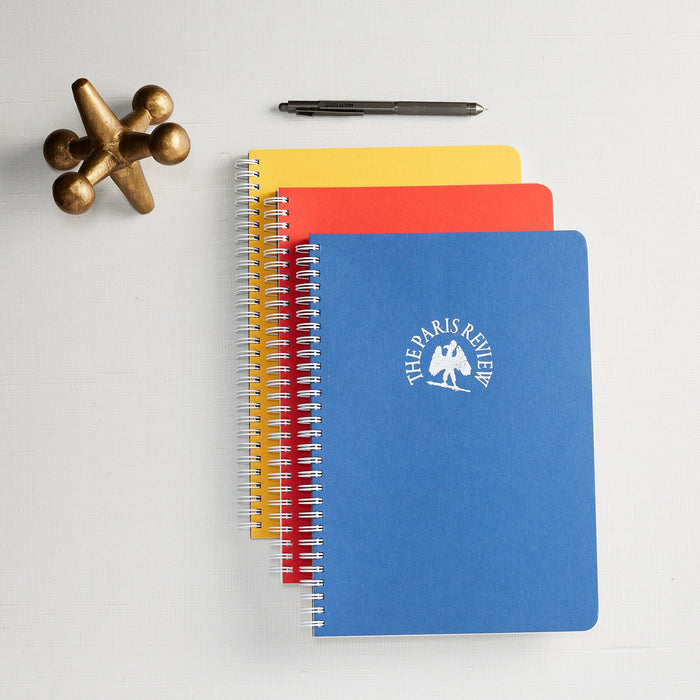If you're a whiskey lover, you've considered starting a whiskey-tasting journal. Keeping track of the whiskeys you've tried and your thoughts and impressions can be a great way to enhance your enjoyment of this delicious spirit. Plus, it's a fun way to document your journey as you explore the many different types of whiskey out there. So how do you get started? We're here to help!
What Is Whiskey? A Brief History
Whiskey first came about during the Middle Ages. The earliest known record of whiskey dates back to 1494, when it was produced in Scotland from malted barley. From there, whiskey began spreading across Europe and eventually to America, becoming an integral part of American culture and heritage.
As whiskey's popularity grew, so did the number of distilleries that specialized in producing this beloved spirit. By the 19th century, there were hundreds of distilleries in Scotland and Ireland, each with unique whiskey-making processes. This led to various styles and flavors that could be found worldwide.
Whiskey is a drink that speaks to all ages, genders, cultures, and backgrounds—its appeal is truly universal. Whether you prefer a smoky single malt or a smooth rye blend, there's something for everyone. Additionally, drinking whiskey can be seen as a form of self-care; many enjoy sipping on their favorite pour after a long day or as part of their weekend relaxation routine. In short, whiskey has become so beloved because it offers something for everyone, making it such a fantastic spirit!
Here are a few tips for getting the most out of your whiskey-tasting journal:
- Be detailed in your descriptions. When it comes to tasting notes, more is always better. So include as much detail as possible about the whiskey's appearance, aroma, and flavor. What did you like or dislike about it? Would you recommend it to others?
- Rate each whiskey. Assigning a numerical rating to each whiskey can be a helpful way to keep track of your thoughts and impressions. After all, not every whiskey will be a home run—but it can be beneficial (and fun!) to look back and see which ones were your favorites.
- Take photos. A picture is worth a thousand words, right? So, in addition to taking detailed tasting notes, consider snapping a photo of each bottle. This will help you remember what the label looked like and make it easy to find again if you decide to purchase it in the future.
- Be consistent. Tasting journals are most valuable when they're kept up-to-date regularly. So set aside time each week (or month) to sit down and write about the recent whiskeys you've tried. Once you get into the habit, it'll be easy to keep up with!
- Have fun! Above all, remember that taste journaling should be enjoyable. There are no hard-and-fast rules—so feel free to experiment and find what works best for you. The important thing is that you're documenting your journey and enjoying some delicious whiskey along the way!
Starting a whiskey-tasting journal is a great way to enhance your enjoyment of this delicious spirit—and it's easier than you might think! Remember to be detailed in your descriptions, take photos, and rate each whiskey accordingly. With these tips in mind, you'll be well on your way to becoming a whiskey aficionado in no time!




Leave a comment